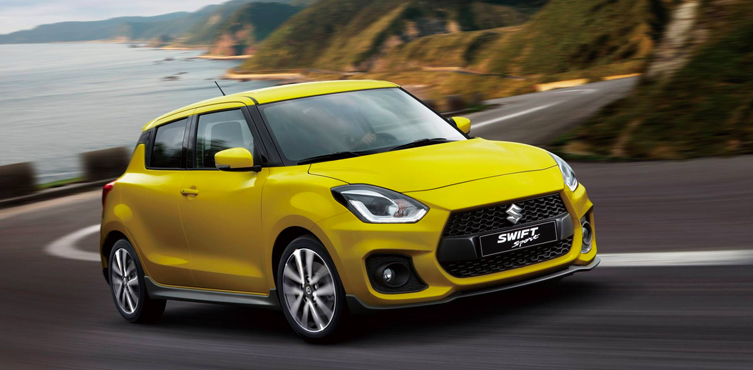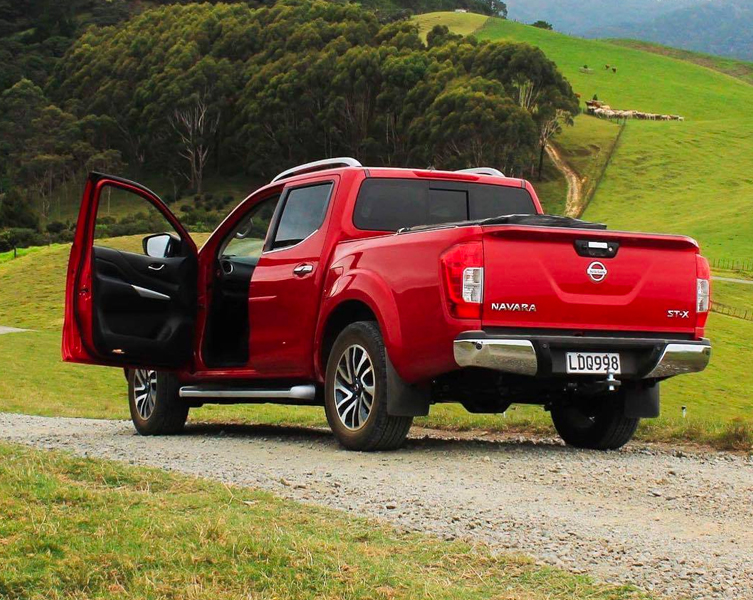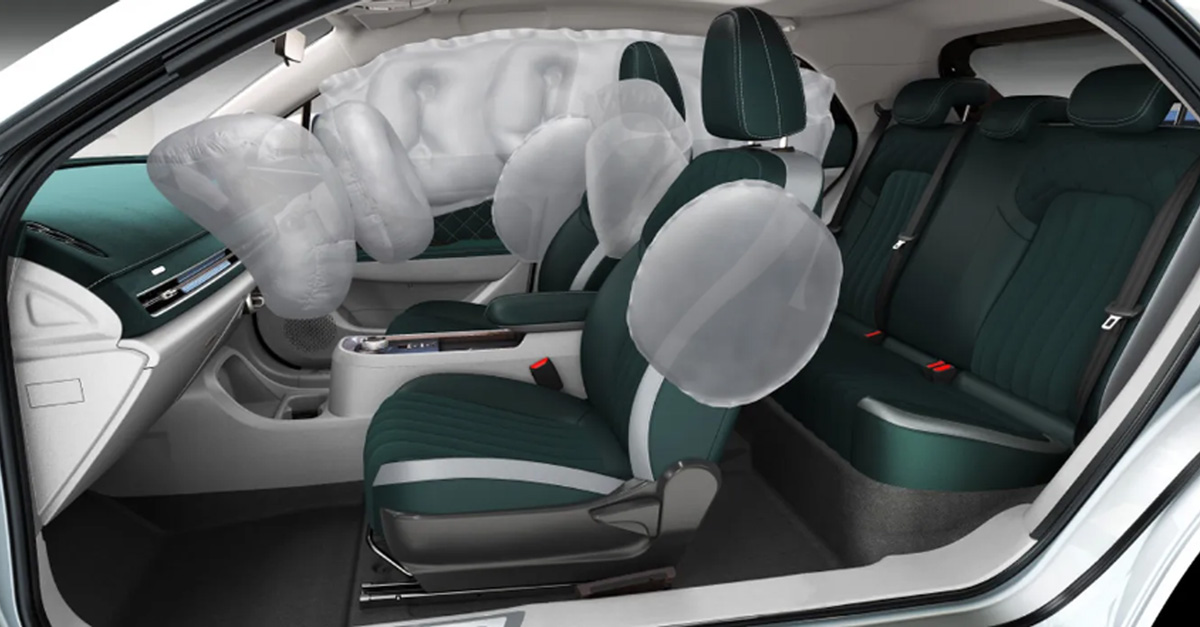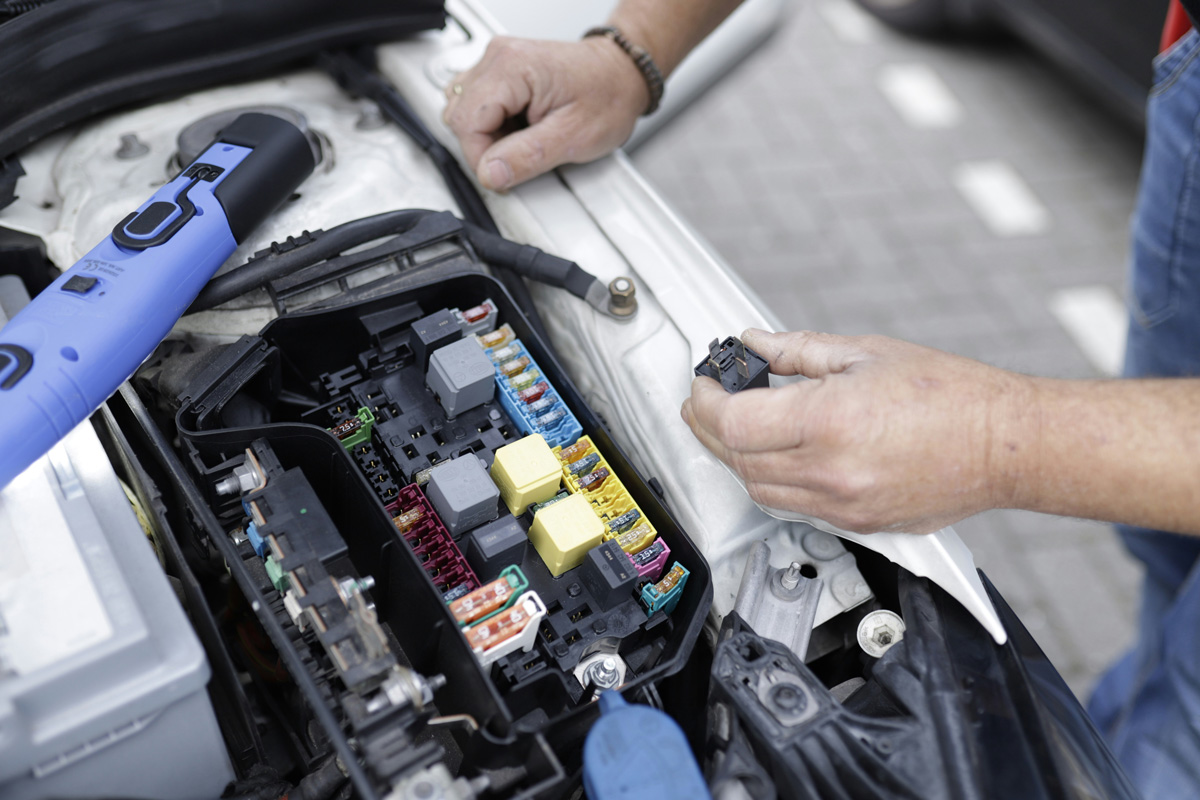6 tips for test driving a car before you buy
A test drive is your last chance to make sure that the car you’re buying is the right one. That’s why it’s worth taking the time and effort to do it properly, paying attention to all the little details that matter when you
own a car.
To that end, here are six tips to help you kick your next test drive out of first gear.
1. Test drive multiple cars in one day
You’re unlikely to find anything seriously wrong with any car if you’re buying from a reputable dealership, so in the end it will most likely come down to which is your favourite.
Research beforehand to pick a few cars that you know have everything you want – then line up test drives with each of them on the same day. That way you can easily compare them.

2. Inspect before you drive
Before you get on the road, take a minute to look around the car and make sure everything’s up to scratch:
- Sit in the front seat and adjust it to your position.
- Check that the pedals, handbrake and steering wheel are within comfortable reach.
- Try the air conditioning and heating.
- Turn on the radio.
- If the stereo has Bluetooth, connect your phone to see how easy it is.
Is the car comfortable? Do you like its interior design and do all the electronics work as they should?
3. Drive on a range of roads
It’s a great idea to drive city and country roads if you can. This lets you test the car at different speeds in a variety of settings, testing how it corners at speeds and how it handles tighter maneuvers on city streets.
Plan your trip before you head off and make sure you include a quiet car park if possible so that you can try a three-point turn and reversing into a space.
4. Listen to engine noises
Pay attention to the way the car sounds while driving, as anything irregular could indicate a problem – particularly in used vehicles. Sounds to watch out for include:
- Whirring.
- Knocking.
- Hissing.
- Pinging.
- Popping.
- Grinding or screeching.
If you don’t have much car knowledge, it could pay to bring a friend who does to watch out for little details like these.

5. Test the brakes
You should pay special attention to the brakes to ensure they’re up to standard. Gently apply them at a low speed when it’s safe to do so and make sure the car stops in a straight line. Listen for vibration or rubbing noises, which could indicate a problem.
Try using the handbrake on a hill – it should be able to hold the car by itself without slipping.
6. Watch out for transmission problems
If you’re testing a manual, you need to watch out for signs that the clutch or the transmission is worn. When changing gears, watch out for grinding or for the clutch being slow to catch. This could indicate damage.
Buying a car is a big deal so it’s important that you take the time to do it right. Get in touch with the team at your nearest Nicholson Auto for help picking a car that’s right for you.






















